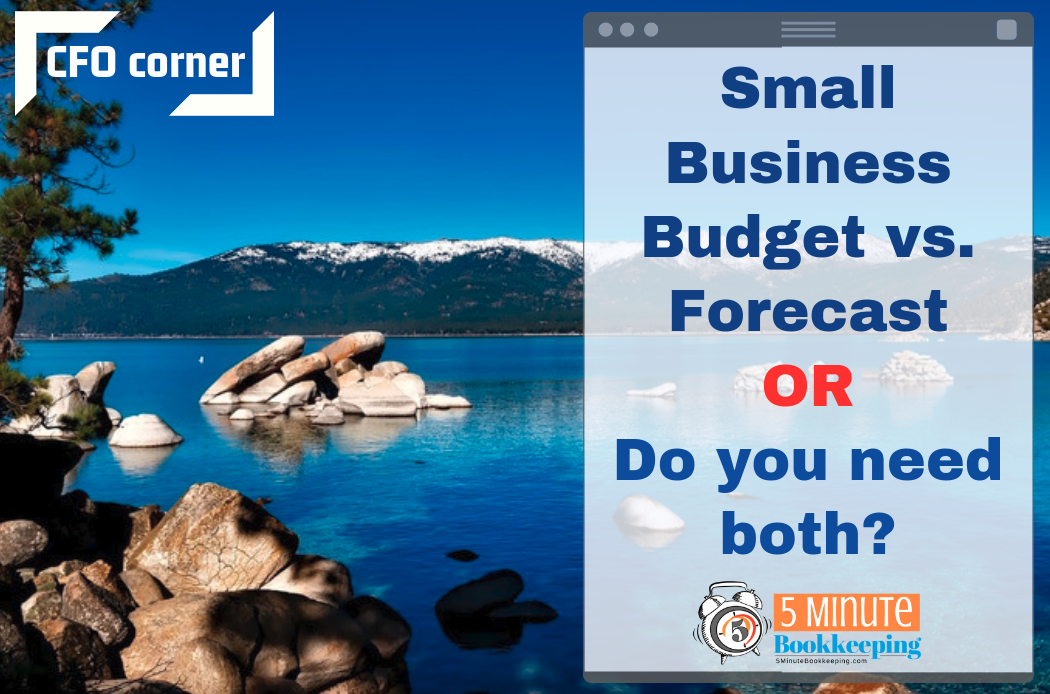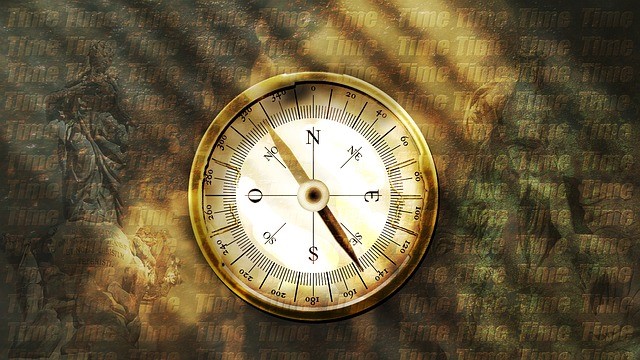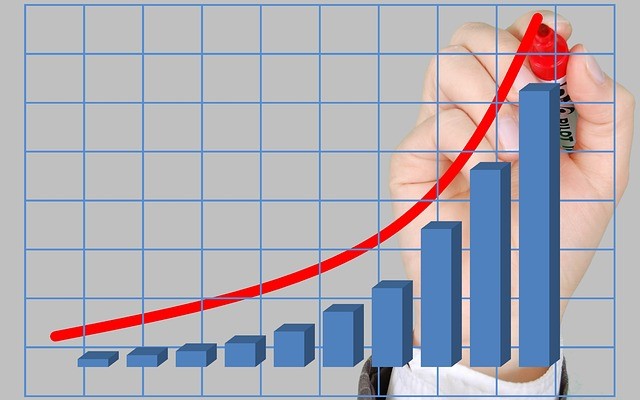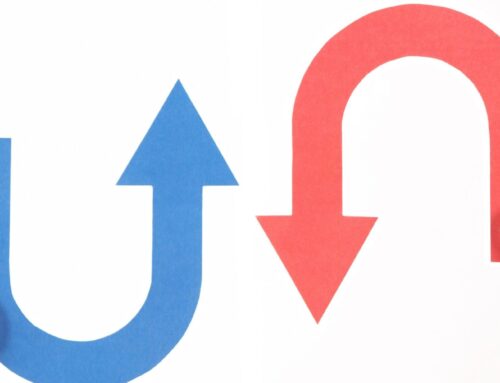
I am pleased to share with you a guest post from Adam Lean. Adam Lean is the founder of The CFO Project. Big businesses have CFOs (Chief Financial Officers) to help them grow sales, profit, and cash flow. TheCFOProject.com provides this same help for small businesses. In his article, Adam poses a great question: If you have a small business, do you need a budget or a forecast – or maybe both? Let’s find out what Adam has to say in this guest post: Small Business Budget vs. Forecast – or Do You Need Both?

Just recently I went on a vacation to Lake Tahoe in California. Being from the South and given the fact that I was traveling in June, I expected the weather to be hot. I planned for it to be hot. I brought shorts and t-shirts. I brought a bathing suit. I mean, it’s summer after all!
I was wrong.
It.
Was.
Freezing.
I wasn’t expecting that, so I quickly had to make adjustments. You see, I’d budgeted for warm weather. But, the forecast called for cold weather. This is a good example of what can happen in business if you don’t use a budget and a forecast. A budget is simply what you want to happen; it’s really a set of goals. A forecast is what will most likely happen regardless of what you want.
I’ve created a simple “Budget & Forecast Template” to use in setting up a budget and forecast for your small business. Click here to download this template.
So, yes, you really do need to use both in your small business. Here are three reasons why:
Reason #1: Failing to plan means you are planning to fail

A budget is simply a plan of where you want to go. It’s a goal.
Setting goals, especially financially-based goals, will give you and your team something to strive for. It
helps the entire team understand where you want the business to go and, therefore, will allow everyone to do their part in accomplishing those goals.
At minimum, you should set goals for Revenue, Gross Profit, Profit, and Cash in the bank.
In addition to these financial goals, you should also set goals for Key Performance Indicators (KPIs) in sales, marketing, and operations. The KPIs are the metrics you use to track your progress to help you accomplish your main financial goals. Some examples of KPIs include number of transactions, average transaction value, and marketing return on investment.
Reason #2: You need to know where you are headed

A forecast tells you what will most likely happen regardless of what you want. You need to forecast the same numbers that you put in your budget so that you can see what will most likely happen.
Because regardless of what you, or anyone, may plan for, life gets in the way. Unknowns happen that are almost impossible to plan for. However, a forecast can clue you into potential problems. It will allow you to spot red flags now and give you time to make changes or corrections and help you avoid the problem.
If you knew in advance, for example, that you were going to not have enough cash in the bank to cover next month’s payroll cycles, you would be able to take steps now to fix the problem. It is so much easier to correct potential problems ahead of time instead of waiting until it is too late.
Reason #3: You will know for next time

If I go back to Lake Tahoe next summer, I will plan accordingly. I only had to make that mistake once.
When you create a budget for the first time, you are really just making a good guess. Soon, though, as you’re able to measure how well you actually did by comparing your actual results to the budget you made, your ability to make a budget will become more and more accurate, thus allowing you to plan with greater precision.
Here are three steps to creating a budget and a forecast:

Step 1: Create a monthly budget for each of the main items on your Income Statement at the beginning of the year.
Step 2: After each month, record what the “actuals” were for each item on your budget.
Step 3: Based on your “actuals”, and how they compared to the numbers in your original budget, create a prediction (forecast) for every month left in the year. That way, you can compare your Full-Year Budget with your Full-Year Forecast and be able to spot any major differences. Those differences should be addressed as soon as possible.
Here are some helpful tips for making your budgeting & forecasting process go smoother:
- Keep it simple. You can always go into more detail later, but when starting out, keep both the budget and the forecast as simple as possible.
- Use Microsoft Excel (or a similar spreadsheet system) to keep track of your budget and forecast.
- Assign one person to be responsible for each goal in the budget and have monthly meetings with them to review the goal, discuss performance, and any needed changes.
I’ve created a simple “Budget & Forecast Template” to use in setting up a budget and forecast for your small business. Click here to download this template.









